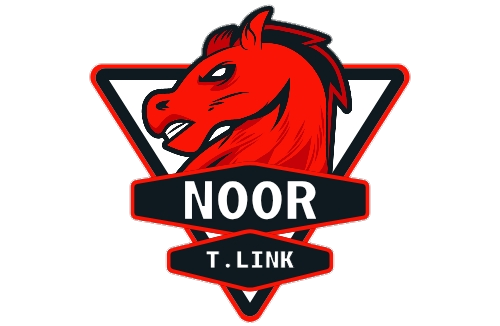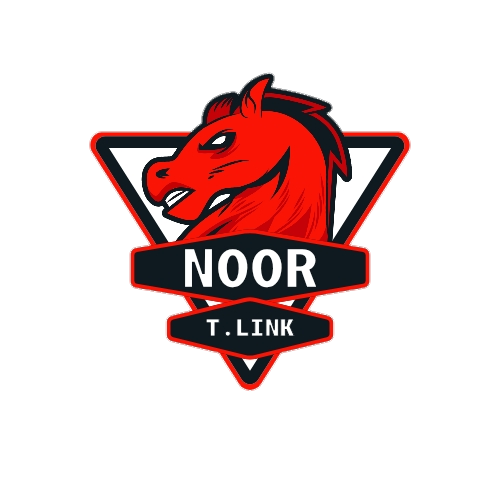Hooked Protocol has taken a significant leap in its Web3 education initiative with the launch of Hooked 2.0, aiming to shape the next era of digital learning by integrating artificial intelligence and decentralized infrastructure. With over 10 million users worldwide, the platform continues to expand its vision by welcoming dFusionAI into the Hooked Alumni System, a move that aligns with its broader mission to build a community-centric, AI-enabled Web3 ecosystem.
This development follows a recent collaboration with R2 Yield, a partnership designed to deliver financial education through simulations that utilize asset-backed stablecoins. Hooked 2.0 builds on these efforts by offering a comprehensive framework that blends learning with intelligent automation, focusing on community engagement, scalable infrastructure, and decentralized tools.
A Shift Toward Scalable, AI-Powered Learning
Hooked Protocol 2.0 is positioned as the first Web3 social learning platform to embed both AI capabilities and financial tools within its core infrastructure. Central to this transition is the addition of dFusionAI, a decentralized platform offering compute, storage, and orchestration capabilities that support the development of AI-native decentralized applications (dApps). Through this integration, the Hooked Alumni System now enables developers to leverage decentralized resources to create AI applications tailored for Web3.
This evolution marks a strategic shift from merely onboarding users to enabling them to actively build, deploy, and scale AI-powered tools. By incorporating dFusionAI’s decentralized services, Hooked Protocol aims to foster a knowledge-sharing economy where data privacy, ownership, and autonomy take precedence over centralized control.
Decentralized Infrastructure Meets Community Learning
The upcoming introduction of dFusion Subnet Slots, scheduled for June 6, is a critical component of this strategy. These Subnet Slots will offer developers the ability to launch custom AI infrastructures tailored to specific communities, applications, or learning objectives. Acting as gateways to personalized AI environments, these tools support the broader concept of the Agentic Web—an ecosystem where autonomous AI agents interact through decentralized, shared data frameworks.
With these capabilities, developers can enter the Web3 AI space without the traditional barriers imposed by centralized cloud providers or backend complexities. This model not only enhances accessibility but also safeguards user data and ensures greater control over information flow within the ecosystem.
Bridging Education and Financial Tools
In parallel with its AI expansion, Hooked Protocol has also deepened its educational offerings. Through its recent integration with R2 Yield, the platform introduced simulations that allow users to engage with stablecoins like sR2USD while learning about yield generation, stable asset management, and decentralized finance. These modules aim to bridge practical financial tools with theoretical learning, providing users with hands-on experience in navigating Web3 finance.
By combining educational content, financial simulations, and AI infrastructure, Hooked Protocol is positioning itself as a comprehensive platform for both digital learners and builders. The launch of Hooked 2.0 and its subsequent partnerships reflect a trend where AI and blockchain technologies are converging to create transparent, interoperable, and user-driven systems.
Shaping the Future of Web3 AI
Hooked Protocol’s roadmap outlines plans for deeper AI feature integration and increased collaboration with partner platforms. The upcoming launch of Subnet Slots and the ongoing support for decentralized AI applications indicate a clear intention to set new standards in Web3 learning and development.
As the industry moves toward a more decentralized approach to AI and education, Hooked Protocol’s dual focus on accessibility and innovation positions it at the forefront of this transformation. Its evolving infrastructure may play a pivotal role in how Web3 platforms approach user engagement, knowledge sharing, and decentralized application development in the coming years.



